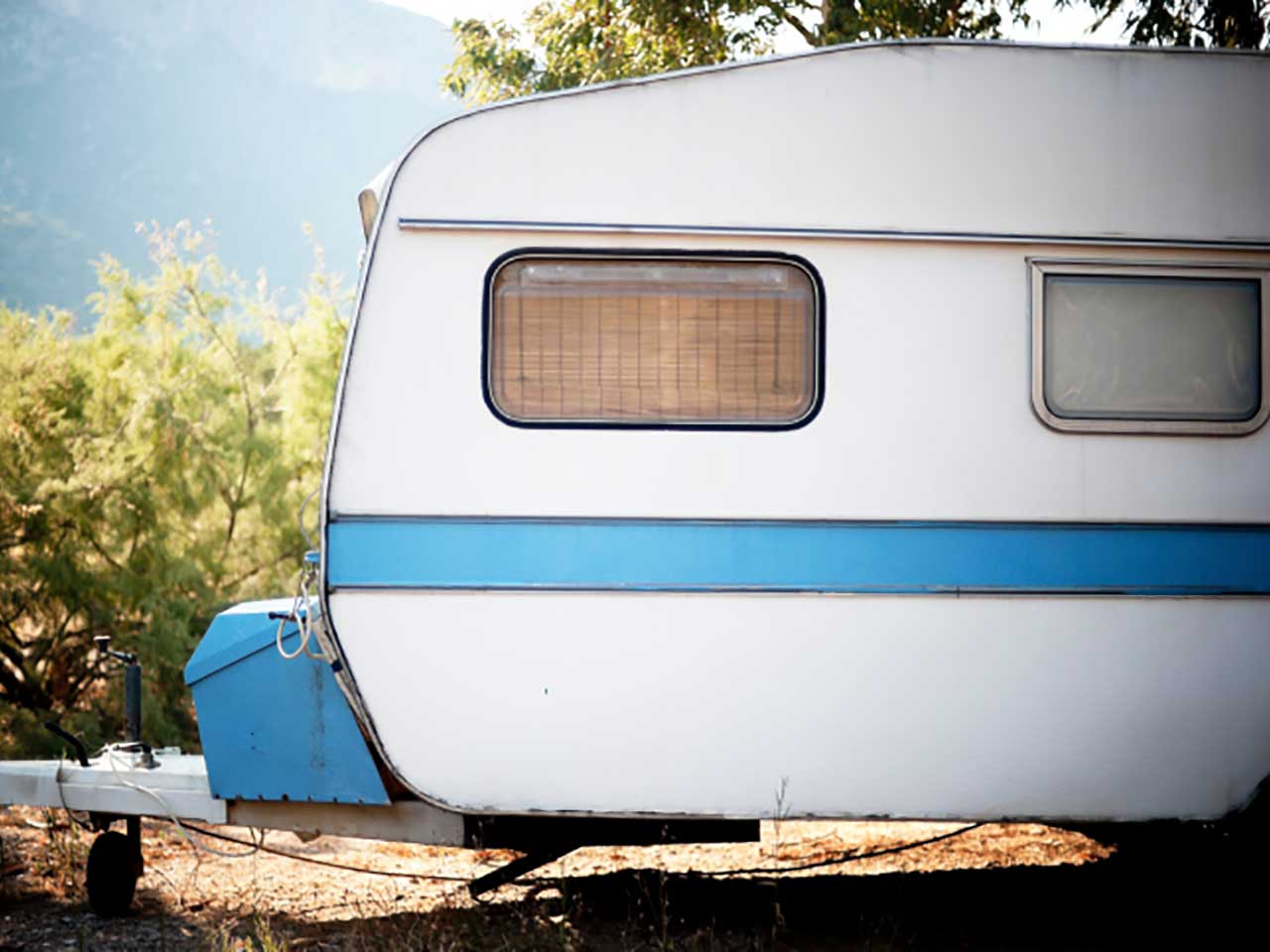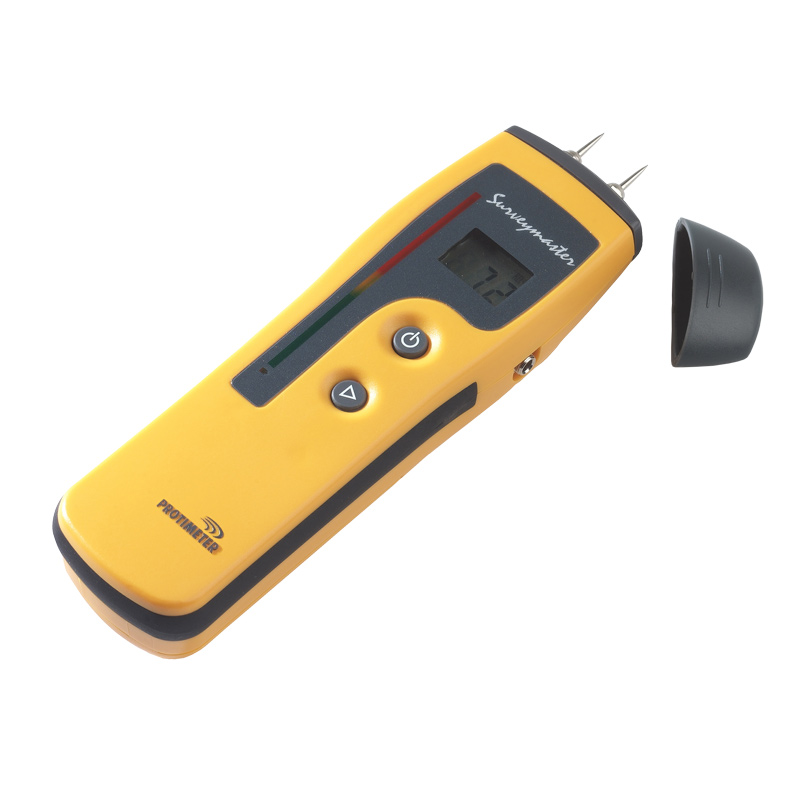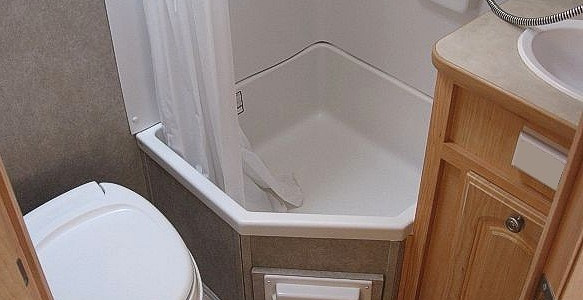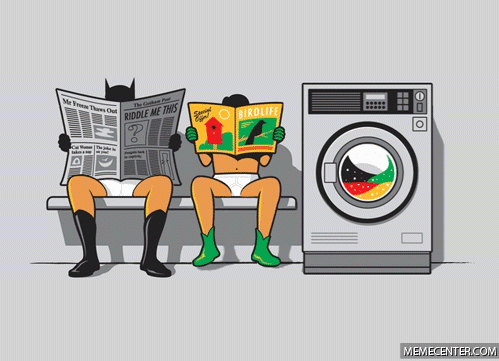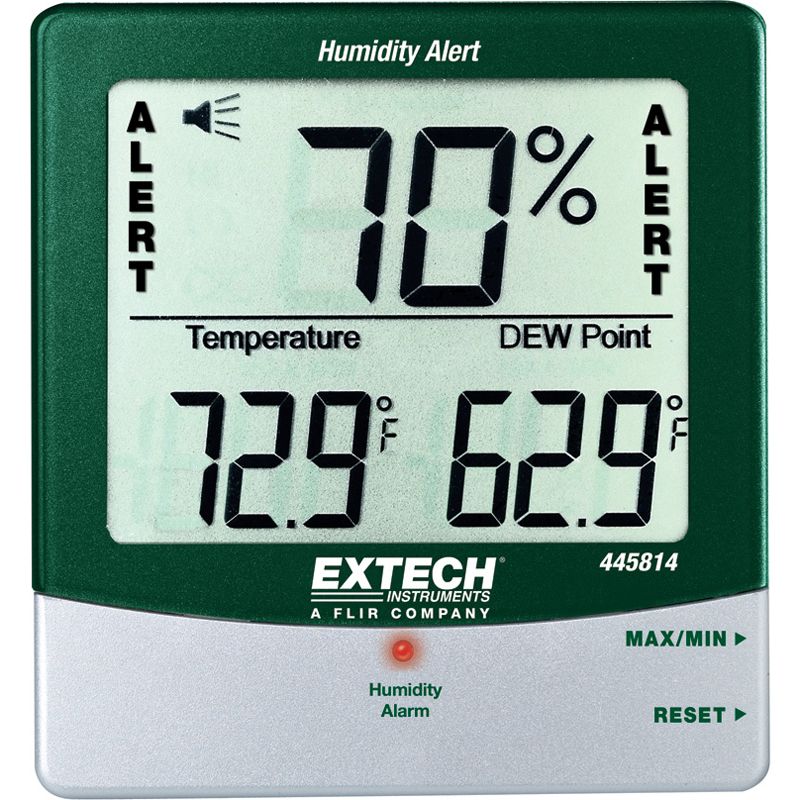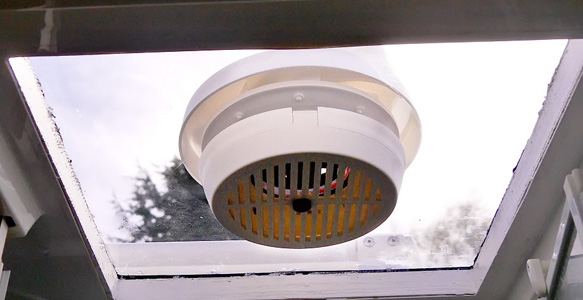Prolong the life of your caravan by regularly testing it for moisture.
Just like our normal homes, caravans and motor homes can be affected by damp. Without finding it and regularly treating your home to ensure low moisture levels, you run the risk of mould, mildew and damage to the walls, ceilings and floors of your caravan.
It's important to remember that your caravan is just like your normal home; it may not be bricks and mortar, but it has moisture inside it, just like your house. Everything from you breathing to taking a shower produces moisture in the air; in an enclosed space like a caravan, this moisture has to go somewhere and - if left untreated - that somewhere is usually inside the caravan. This in turn leads to a high level of moisture and an increased risk of damp forming.
The best way to ensure your caravan doesn't have this problem is to actually take action before it becomes a problem. Dealing with damp when it shows up is much trickier than taking preventative action beforehand.
Here's a lot of great ways to make sure your caravan remains in great shape and avoids high levels of moisture content.
Step 1: Invest in a Caravan Moisture/Damp Meter
One of the best overall methods of finding moisture in your caravan is actually finding it before it becomes a problem. If you know there's high content, you can take steps to fix it.
We highly recommend you consider investing in a caravan moisture meter. These highly useful tools will put a value on the amount of moisture in the walls, ceiling and floor of your caravan.
You may notice that most of these meters have sharp pins on the top, and you may be worried about these damaging your motor home. Yes, you have to touch the pins to your surfaces in order to measure, but you don't actually have to insert them in and make little holes all over your motor home! Instead, touching the pins to the surface lightly is more than suitable for getting a measurement.
They're very easy to use and - depending on the model - either display the level of moisture as a percentage (the higher it is, the more moisture there is) or display moisture using LED light indicators (for example, green for low, or red for high moisture content).
We'd highly recommend you test every month or so to make sure your moisture levels aren't on the rise.
You can grab a moisture meter for your caravan for as little as £29 >>
Step 2: Think About How You Shower
One of the biggest culprits of moisture in the air in any home, regardless of whether it's a caravan, is the shower.
When showering, if you have an entirely closed unit, make sure you close the door properly. Open windows (if possible) or switch on your ventilation system. When you're done showering, it's also a good idea to wipe down your walls and other surfaces to get rid of some of the water.
Make sure you also leave the room to air out for a while, removing as much moisture as possible.
At no point should you leave the shower room door open; letting the steam escape into the rest of the caravan will rapidly allow the moisture to spread.
Step 3: Find Leaks
Sounds obvious right? Of course, you're going to notice if you've got a hole in the roof and there's water dripping on your head. But what about those smaller leaks?
One of the biggest culprits is your windows, or specifically the window seals. When the rubber surround begins to rot and/or comes away from the adhesive, it may let the water in. Getting this fixed as quickly as possible is a good idea.
If you've not been in your caravan for a while, or there's been a lot of heavy rain, make sure you regularly pop in to make sure there's no leaks. Take a look at your roof, walls, floor and the window sealings to make sure there's nothing there.
Sometimes it's even worth checking that you have no leaks by washing the caravan with a powerful jet washer or hosepipe. Get someone else to stand inside while you do it, and tell them to look out for leaks.
Step 4: Laundry Outside, Not Inside
Don't dry your laundry inside the caravan!
All that moisture on your clothes has to go somewhere and as it's indoors, it's going into your caravan's surfaces. Try at all times to do your laundry in outdoor conditions, or dry your clothes in a dryer at the site laundrette or a similar location.
Step 5: Invest in an Air Humidity Monitor
A good way to check moisture levels in your home or caravan is to purchase a humidity monitor.
These tools are designed to run constantly and show the current level of moisture detected in the air. Depending on the model, they can also show temperature levels and set off an alarm if there's been a spike in moisture content.
The Extech 445814 is perfect for the job and retails for just £29! >>
Step 6: Good Ventilation
Even if you have a smaller caravan, keeping it as uncluttered as possible will help moisture to move from freely through the air and increase the chance of it going out through windows and ventilation.
Make sure your caravan is as ventilated as possible; open the windows, use extractors and even keep the door open if the weather is good enough. If your caravan has been left for a long period of time, it's also a good idea to go air it out occasionally, just to keep moisture levels down and decrease the risk of damp forming.


